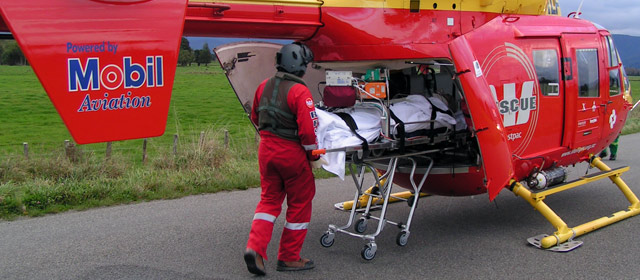Story summary
Early hospitals
New Zealand’s first hospitals were built in the mid-19th century. Sick or injured people had to get themselves to hospital – by horse and cart, or train. A few hospitals had their own horse-drawn ambulances, but patients had to pay for transport and for medical care.
St John ambulance
The Order of St John ran the first free ambulance service, in Dunedin in 1892. St John set up ambulance brigades around the country, run by volunteers. In the 2000s it still provided most of New Zealand’s ambulance services.
20th-century developments
After the First World War the Defence Department lent wartime field ambulances to hospital boards. Motorised ambulances arrived in the 1920s.
Wellington Free Ambulance was set up in 1927 with the help of the city’s mayor, Charles Norwood. Because he owned a car assembly plant, he donated vehicles.
Calling the ambulance
Before telephone exchanges were automated, people would ask the operator to put them through to the ambulance service. The 111 number for calling emergency services began in Masterton in 1958, and then spread to the rest of the country.
Air ambulances
From the 1950s aeroplanes took patients from remote areas to hospital. Later, helicopters were used – they can land in difficult terrain, and can get a patient to hospital much faster than a road ambulance.
Ambulances in the 2000s
In the past, ambulances were just used to take patients to hospital. In the 2000s they are the first line of medical treatment in an emergency. About 1,100 people use ambulance services every day.
Staff
Early ambulances often had drivers without first-aid training. In the 2000s all ambulance staff are highly trained. Some staff have paramedic training, and can use a wider range of treatments.





